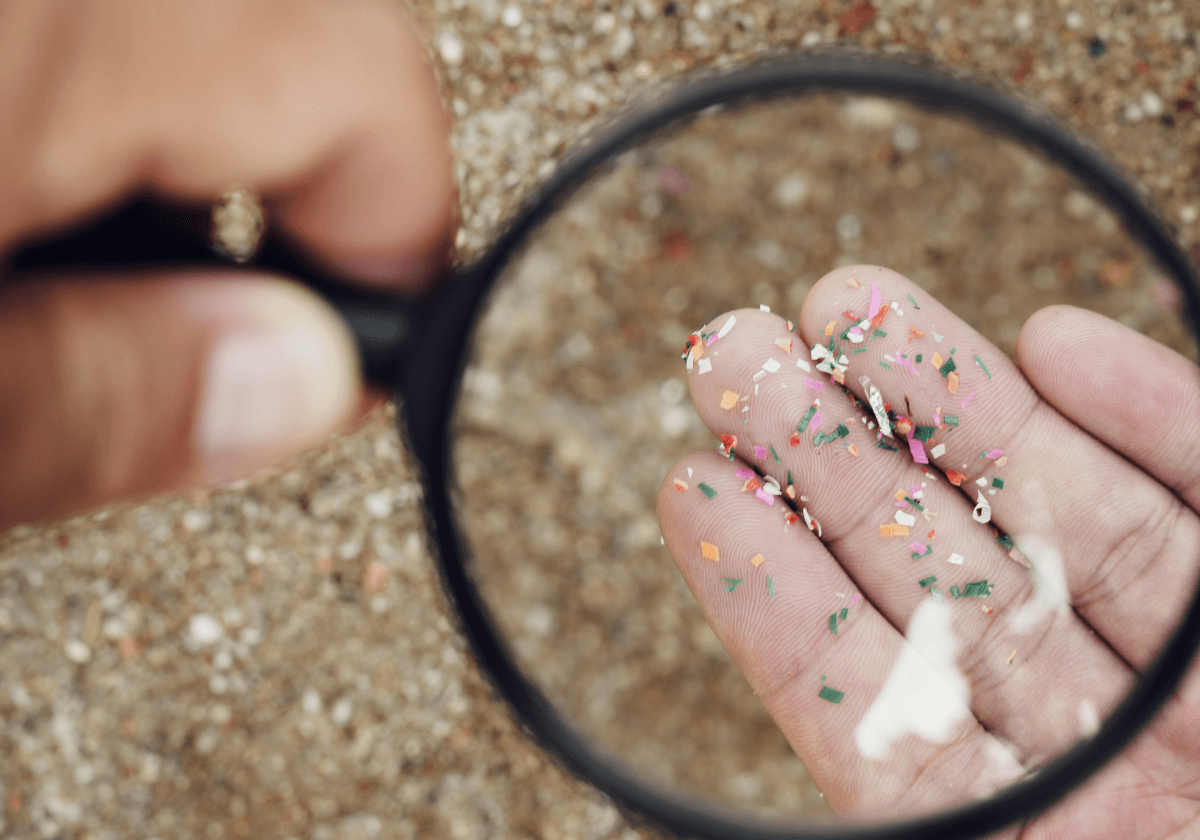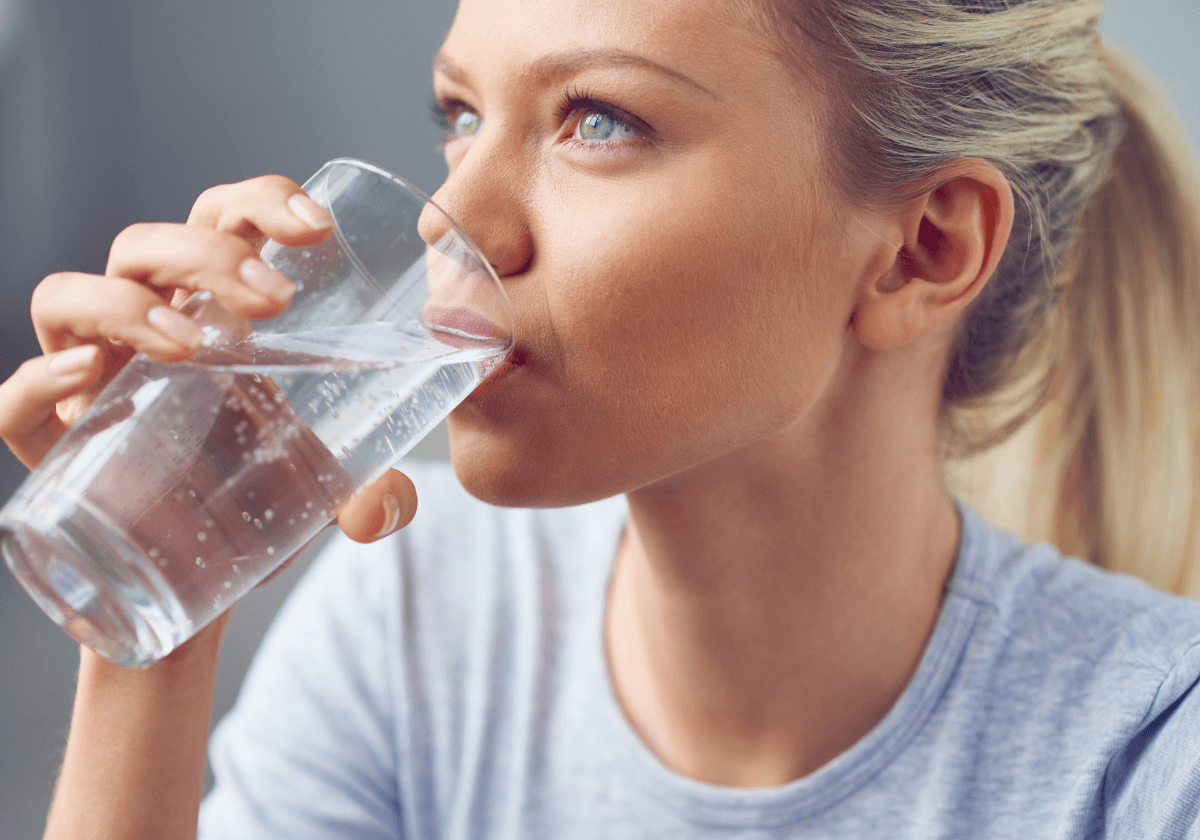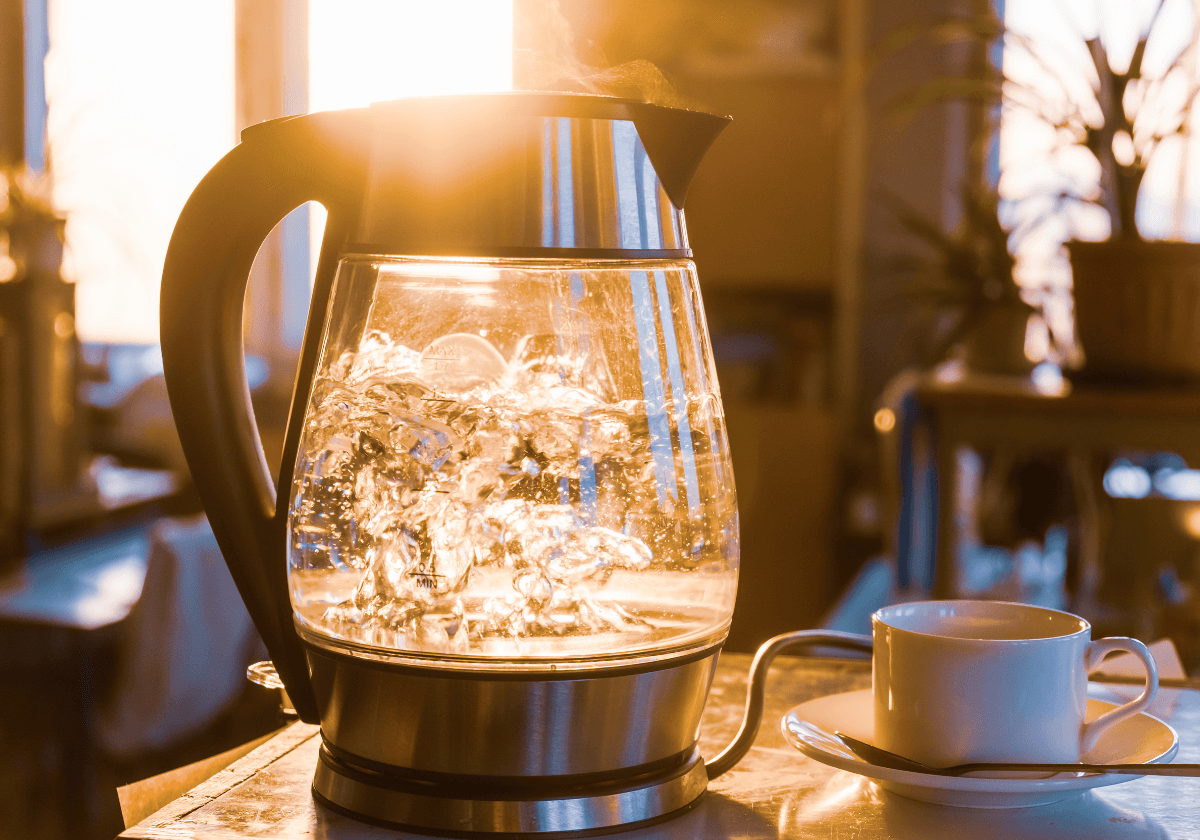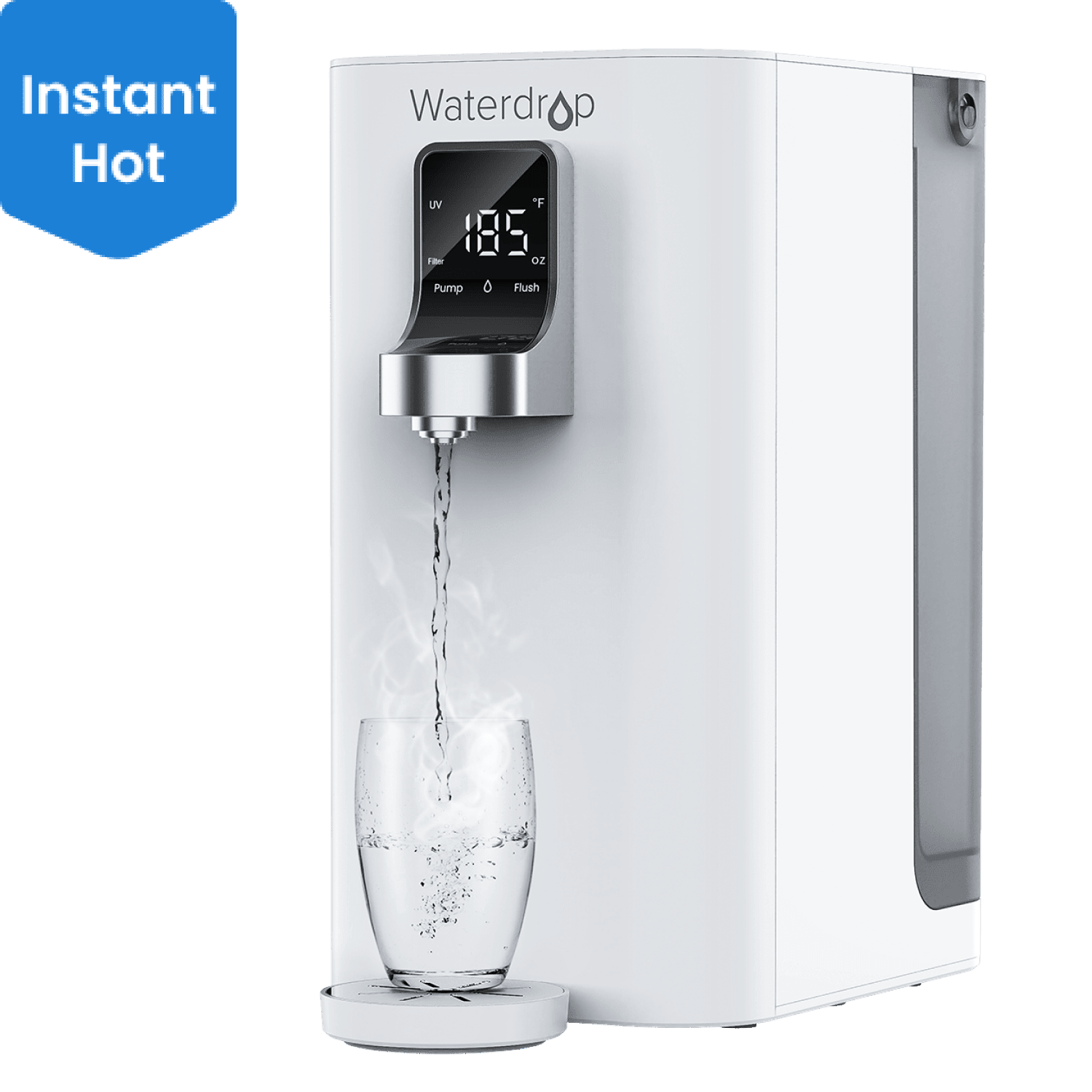Recent research indicates that by boiling tap water prior to consumption, nearly 90
percent of microplastics in the water source can be eliminated.
The National Oceanic and Atmospheric Administration (NOAA) defines
microplastics as extremely small plastic particles that are less than 5 millimeters or 0.2 inches in size.
The World Health
Organization states that there is currently little and unclear research on the effects of these
microplastics on human health. While some polymers, such as polystyrene, appear to be safe, studies have
revealed that they can damage human cells, irritate the digestive tract, and lower mouse fertility.
Environmental Science
& Technology Letters , a journal, recently published a study that may provide some positive news in
the fight against these sneaky petrochemical particles. It implies that many microplastics can be eliminated
from tap water by boiling and filtering it, making the water safer to drink.
Where Do Microplastics Come from and What Do They Mean?
Plastic is the most prevalent type of marine debris in the Great Lakes and the
ocean. Although there are many different shapes and sizes that plastic waste can take, “microplastics” are
defined as particles that are smaller than five millimeters, or about the size of a pencil eraser. Microplastic
pollution might have an adverse effect on our oceans and aquatic life.
Much about microplastics and their effects is still unknown because research on
them is still in its early stages. In this case, the NOAA Marine Debris Program is in charge of overseeing the
examination. Conventional field techniques for collecting microplastic samples from sand, surface water, and
sediment are still under testing.
What Is the Source of Microplastics?
Microplastics come from various sources, such as fragmenting larger plastic waste
into ever-tinier fragments. Furthermore, a particular kind of microplastic known as microbeads consists of tiny,
produced polyethylene plastic particles that are used as exfoliants in cosmetics and other health and beauty
products like toothpaste and cleansers. Because these little particles can easily pass through water filtration
systems and go into the oceans and Great Lakes, they may pose a threat to aquatic life.
The issue surrounding microbeads isn’t a new one. As plastics began to supplant
natural ingredients in personal care products,
the
United Nations Environment Program approximates that plastic microbeads were first introduced in these
products around fifty years ago.
How Can Your Drinking Water Be Free of Microplastics?
For the average consumer, it is currently not feasible to check their water at home
for microplastics. You can, however, send water samples to a lab for analysis; this is an expensive method that
will probably confirm the existence of microplastics to some degree
Regulations pertaining to microplastics in water are anticipated to be developed as
the problem of microplastic contamination grows more widespread. California became the first state to require
microplastic
testing in sources of drinking water in September 2022, setting a precedent.
Bring Water to a Boil Before Consuming
An investigation that was just published on February 28 in Environmental Science
& Technology Letters found that boiling water rich in minerals for five minutes could reduce exposure to
non-microplastic particles (NPPs) by as much as ninety percent.
Researchers are still learning about the health risks linked to microplastic
exposure, but there is mounting evidence that these plastics can build up in the body and cause oxidative
stress, inflammation, and liver problems.
The new findings suggest that boiling water is a potentially safe and easy way to
effectively decontaminate household tap water. This might be especially helpful in less developed nations where
affordable and easily accessible clean water solutions are crucial.
Purchasing a Filtration System of Reverse Osmosis
It takes time to bring water to a boil and let it cool before drinking. Although it
is an economical approach, it might not be feasible for everyday water use.
Under Sink Reverse Osmosis Filtration System
We are pleased to present the
G3P800
Reverse Osmosis System in response to the growing concern regarding microplastics. Utilizing a
semi-permeable membrane, reverse osmosis (RO) is a water purification technique that eliminates impurities. The
water is forced to pass through the membrane while impurities are left behind by applying pressure to one side
of the membrane.
We have just launched a 1200GPD reverse osmosis system Waterdrop X12. It can
re-mineralize the filtered reverse osmosis water, providing you with pure and healthy alkaline water. You can
enjoy a $400 OFF discount now, use code “X12” to pre-order one for your home.
RO Filtration System with Instant Hot Water
Selecting to use hot water? Look no farther than the Waterdrop C1H and K19, our
innovative reverse osmosis systems, which provide unmatched convenience. These state-of-the-art filtration
systems eliminate the need for any delays by giving immediate access to hot water, unlike the conventional
method of boiling water and waiting.
Possible Impact of Microplastics on Health
Oceans, remote islands, and polar regions are common locations for environmental
pollutants known as microplastics. The potential harm that microplastics can do to ecosystems makes their
exposure a serious new risk.
We’ve known for years that microplastics are a problem, and new research is
highlighting the significant harm they cause to the environment and human health.
Because of their extreme persistence, microplastics are almost hard to remove from
the areas where they congregate. Research suggests that they can seriously harm the organisms they come into
contact with because of their persistence and the chemicals they contain. This harm consists of higher
mortality, decreased feeding, and poisoning. Additionally, they aid in the movement of pollutants up the food
chain, which could seriously endanger human health.
Scientists are warning that things are getting out of control and are raising the
alarm. Everywhere that microplastics have been studied has yielded positive results, including on mountains, in
the ocean, inside Arctic Sea ice, and even in our bodies, drinking water, and air.
Conclusion
In conclusion, concerns over microplastics in our water underscore the need for
remedies. Our reverse osmosis systems can help with that. They protect you from sly microplastics and do more
than just filter water. Your water is safe and clean to drink thanks to our systems.


























































































































